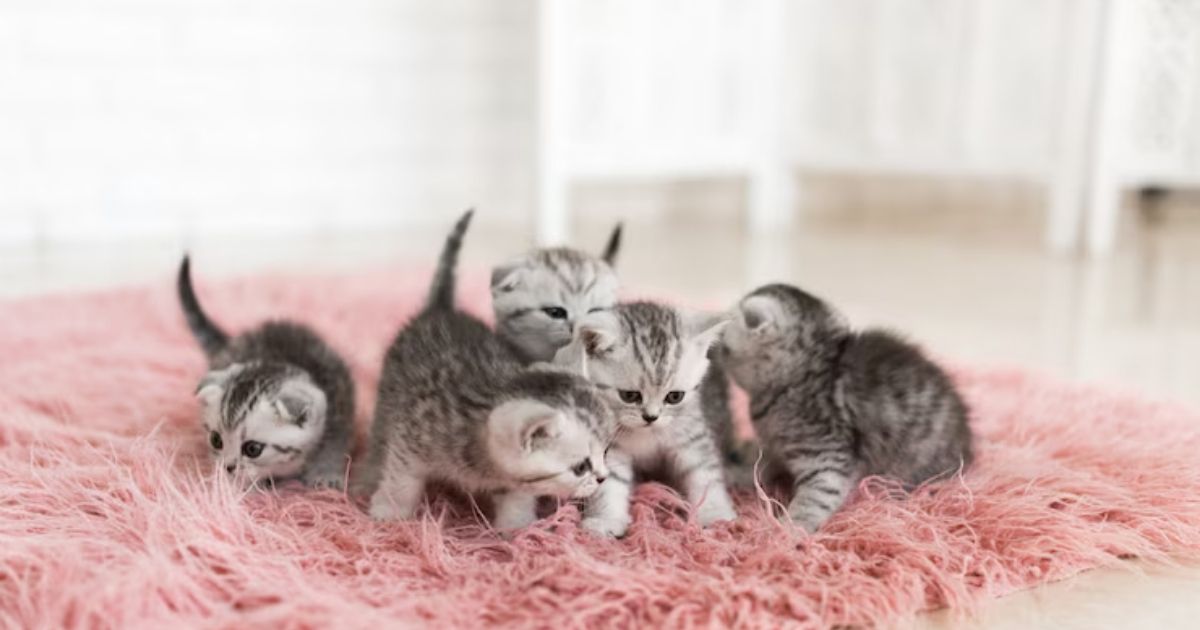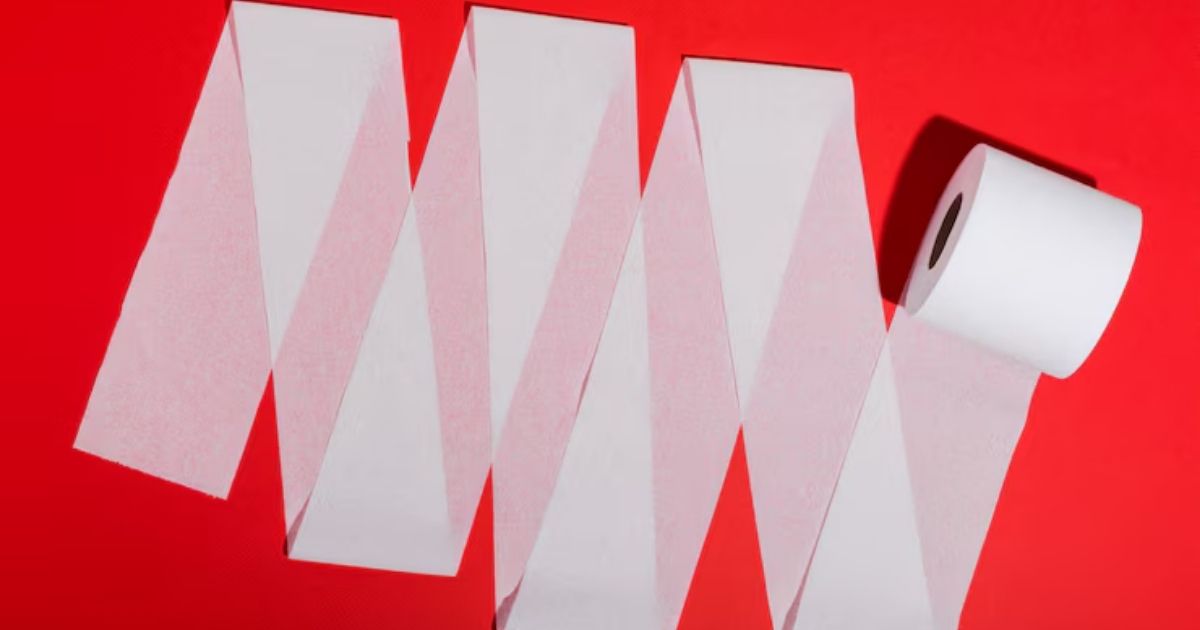Safe and effective operation of heating systems, fireplaces, and industrial furnaces depends on flue pipes. Maintaining a safe environment depends on knowing the value of a chimney pipe regardless of your level of involvement in home improvement—that of a homeowner, contractor, or just someone curious. This book will walk you through all you need to know about chimney pipes, including their purposes, installation technique, advantages, and any drawbacks.
What is a Flue Pipe?
A flue pipe is a kind of vent pipe whereby fumes and gases from a heating device or furnace can escape to the outer atmosphere. Every combustion-based heating system, including water heaters, stoves, and fireplaces, depends on it absolutely. Usually composed of sturdy materials like stainless steel or aluminum, which resist corrosive substances and high temperatures, these pipes
A chimney pipe mostly serves to divert dangerous exhaust gases, including carbon monoxide, away from the dwelling area. This helps to avoid the harmful vapors accumulating within the house or structure. These harmful gasses could cause major health problems without a correctly working chimney pipe.
Types of Flue Pipes
1. Single-Wall Flue Pipe
Smaller heating units like stoves and fireplaces can include single- wall flue pipes. Made to expel gases straight to the outside, they comprise one metal pipe. Although this kind of pipe is quite affordable and quick to install, it depends on enough clearance from combustible materials.
2. Double-Wall Flue Pipe Pipe
Two pipes with an insulating layer between define double-wall chimney pipes. Usually found in bigger heating units, they are meant to withstand more temperatures. The insulation helps to preserve the heat within the pipe, therefore improving the heating system’s effectiveness and lowering the fire danger.
Mostly used in gas-fired appliances, B-Vent chimney pipe is employed in Their unique coating makes it possible for them to safely exhaust gases and maintain coolness of structure. Younger houses and buildings with gas heating systems often feature this kind of chimney pipe.
4. Systems of Liners
Many times, retrofitting current chimneys uses liner systems. They comprise a flexible liner put within the current chimney to increase the safety and effectiveness of the venting system. Often utilized in replacement of older or damaged chimneys is this kind of flue pipe.
Step-by-Step Guide to Installing a Flue Pipe
One of the most important chores to be done carefully to guarantee efficiency and safety is chimney pipe installation. Here is a detailed walkthrough instruction for chimney pipe installation.
Step 1: Prepare the Area
Make sure the surrounds of your appliance or furnace are free of any flammable objects before you start. Additionally crucial to review manufacturer instructions for particular needs is
Step 2: Choose the Right Pipe
Choose a flue pipe fitting the size and specifications of your heating device. Handling the generated temperatures by the appliance depends on the pipe’s material. chimney pipes are made from aluminium and stainless steel somewhat often.
Step 3: Measure and Cut the Pipe
Calculate the distance from the appliance toward the building’s outside. Adjust the chimney pipe accordingly. To find the correct size and clearance, be sure you follow local construction guidelines.
Step 4: Install the pipe
Start installing the flue pipe by properly joining the sections. Usually, chimney pipes include clamps or locking systems to keep the components together. Use manufacturer directions to guarantee correct installation.
Step 5: Joint Sealment
Seal any cracks between pipe pieces using high-temperature silicone or a specialized sealant. This guarantees the system runs effectively and helps to stop gas leaks.
Step 6: Send the pipe outdoors
Make sure the chimney pipe is oriented correctly to permit enough venting and stretches at least three feet above the roof line. This helps stop gasses from backtracking into your house.
Step 7: Examine the system
Review the whole system carefully for any leaks or possible problems following installation. Make sure the pipe is strong and that every junction seals correctly.
Advantages of Flue Pipes
1. Improved Safety
By properly venting dangerous gases like carbon monoxide outside, chimney pipes help to safeguard everyone’s health in the structure.
2. Enhanced Heating Effectiveness
By effectively venting combustion gases, well installed chimney pipes help to preserve ideal temperatures. Less energy use and improved performance follow from this.
3. Reducing Moisture Damage
Correct venting of exhaust gases helps chimney pipes stop moisture accumulation inside your heating system, so lowering the risk of rust and corrosion in your appliance.
4. Extended Tenacity
High-quality materials like stainless steel make chimney pipes strong and corrosion-resistant, so offering long-lasting performance against great temperatures.
5. Following Building Codes
Building codes in several areas demand that flues pipes be installed. Following these rules guarantees that health dangers and fire hazards in your house or building are under control.
Disadvantages of Flue Pipes
Chimney Pipes have certain disadvantages even with their many advantages:
1. Installation Charges
Particularly if it entails cutting through walls or ceilings, installing a chimney pipe can be expensive. Often necessary to guarantee the system satisfies local codes is professional installation.
2. Maintenance Calls for Action
Frequent cleaning of chimney pipes helps to avoid soot and creosote accumulation. This upkeep can take time and call for expert advice.
3. Space Need
Flue pipes call for a lot of room and clearance from combustible materials. Small dwellings or buildings with limited space may find this problematic.
4. Prospect of Obstacles
Blockages from trash, bird nests, even snow can easily affect chimney pipes. Reducing effectiveness in heating heaters and harmful backdrafts can result from blockages
Frequently Asked Questions
Why would one use a flue pipe?
Harmful gasses from heating appliances are evacuated using a chimney pipe, therefore guaranteeing their safe direction outside the structure.
Should my flue pipe need replacement, how do I find out?
It’s time to repair your chimney pipe if you find unusual smells, inadequate airflow, or obvious damage. Frequent inspections can also point up possible problems.
Are flue pipes something I could install myself?
Although you might install a chimney pipe on your own, it is advised to see a professional to guarantee it satisfies local building regulations and safety criteria.
Exist flue pipes composed of several materials?
Indeed, chimney pipes could be constructed from galvanized steel, aluminum, and stainless steel among other materials. The kind of heating appliance influences the content.
How often must I should check my flue pipe?
To get soot and creosote out, chimney pipes should be cleaned at least once a year. Still, high-use appliances could call for more regular cleaning.
Could carbon monoxide poisoning result from a broken flue pipe?
Indeed, a damaged or badly installed chimney pipe can cause carbon monoxide accumulation, a hazardous and maybe fatal process.
Conclusion: Why You Should Care About Flue Pipes
Any home heating system depends critically on chimney pipes. They guarantee that dangerous gasses are safely expelled from your house, therefore reducing health hazards and preserving heating effectiveness. Understanding chimney pipe operations, correct installation techniques, and benefits and drawbacks of using them can help you decide on your heating system.
Paying attention to the condition and correct installation of your chimney pipe will improve safety, efficiency, and general system performance whether your project is new house building, updating your present heating system, or just maintenance of your existing appliances.
Bonus Points: Understanding the Environmental Impact of Flue Pipes
Apart from preserving your health, chimney pipes might contribute to environmental sustainability. Proper venting of gasses helps to lessen the effect of damaging pollutants. While raising energy efficiency, investing in well-built chimney pipes and high-efficiency heating appliances helps to make a house greener. Regular maintenance also guarantees optimal performance of your system, therefore minimising waste and lowering your carbon impact.



